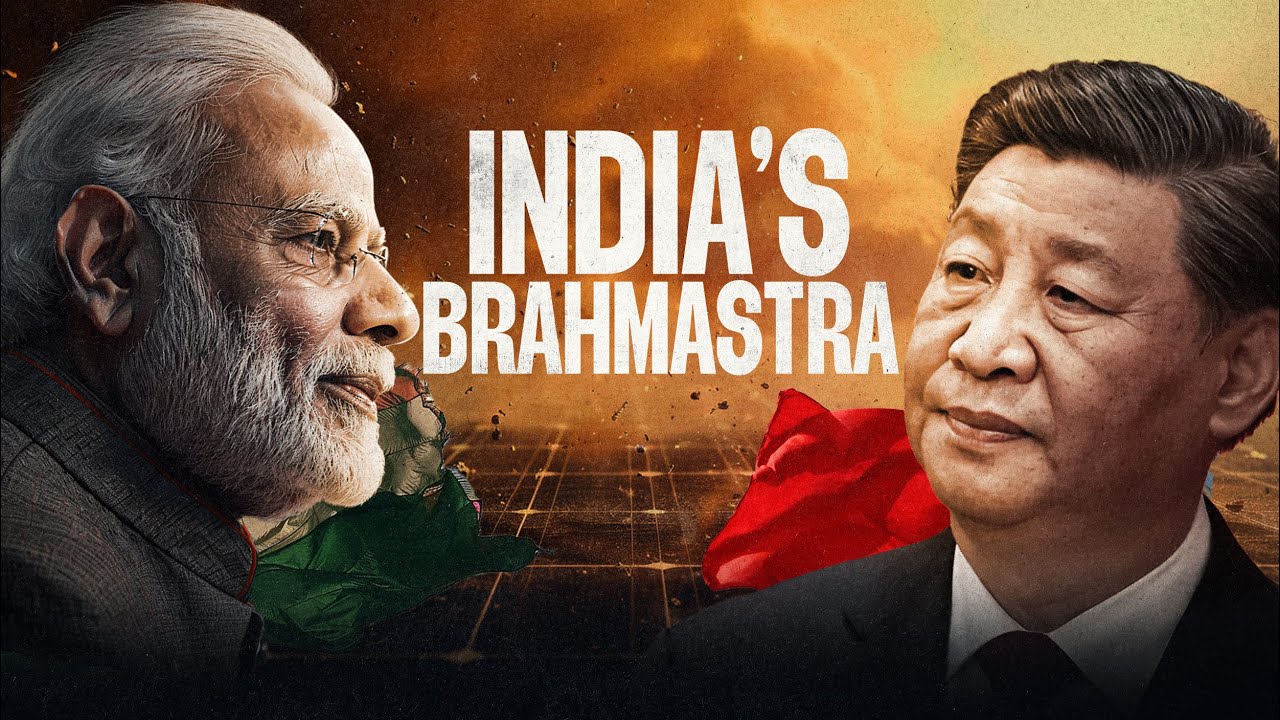Can Modi 3.0 beat Germany? : Indian economic case study
Summary
TLDRThis video explores how Germany rose from the ruins of WWII to become the world's third-largest economy, highlighting the role of its middle-sized businesses, high-quality production, and strong industry-academic partnerships. It contrasts Germany's success with India's current economic challenges, offering insights and lessons for India to improve its education system, empower MSMEs, and create a more evenly distributed industrial powerhouse.
Takeaways
- 😐 Germany's post-WWII economic recovery was remarkable, rising from the devastation to become the third largest economy in the world.
- 🏭 The success of Germany's Mittelstand companies, which are small and medium-sized enterprises, played a crucial role in the country's economic boom.
- 💼 These Mittelstand companies are known for their specialization, high-quality products, and B2B business models, which contribute significantly to Germany's export strength.
- 🏫 Germany's strong industry-academic connection and emphasis on practical education have been instrumental in producing skilled talent that drives these companies.
- 📈 The German government's policies, such as the Kurzarbeit program for unemployment insurance, have helped maintain economic stability and protect workers during recessions.
- 🌐 The distribution of these successful companies across Germany, not just in major cities, has led to balanced regional development and economic growth.
- 📊 In comparison, India faces challenges such as high unemployment, a lower education budget, and a focus on agricultural exports rather than high-quality industrial products.
- 📉 India's industrial output is concentrated in a few areas, unlike Germany's widespread industrial strength, indicating a need for more balanced regional development.
- 🏢 The Modi government is encouraged to learn from Germany's model, focusing on quality production, education investment, and strategic economic policies to support MSMEs.
- 🌟 The video script suggests that India can achieve economic superpower status by adopting the Mittelstand philosophy and implementing supportive government policies.
Q & A
What significant event marked the beginning of Hitler's Nazi party's rise to power?
-Adolf Hitler and his Nazi party started to build a mass following after the significant event of the invasion of Poland in September 1939.
How did the World War II end for Germany?
-World War II ended for Germany with the unconditional surrender of all German land, sea, and air forces in Europe to the Allied expeditionary forces on May 1st, 1945.
What was the state of Germany's economy and infrastructure after World War II?
-After World War II, Germany faced rampant unemployment, major cities like Berlin and Frankfurt were bombed, over 20% of all housing was destroyed, and the German currency was in such a bad state that people were using cigarettes as currency instead.
How did India's economic situation compare to Germany's in the years following their respective wars of independence?
-In 1947, when the British left India, the country was in chaos with 3 million people dead due to the Bengal famine, 2 million due to partition, and 80% of the population living in poverty. In contrast, Germany, despite the devastation of World War II, went on to become the third largest economy in the world.
What is the current status of India's and Germany's economies in terms of global ranking?
-As of the information provided, India has become the fifth largest economy in the world, while Germany is the third largest economy.
What are the key differences in unemployment rates and per capita income between India and Germany?
-The unemployment rate in India stands at 88.1%, whereas in Germany it is at 3.6%, which is one of the lowest in the world. The per capita income in India is $2,730, while in Germany it stands at $54,000.
What is the role of 'Mittelstand' companies in Germany's economic success?
-The 'Mittelstand' companies, which are small and medium-sized enterprises, play a crucial role in Germany's economic success by being highly specialized, often becoming world market leaders in their niche industries, contributing significantly to exports and employment.
How does the German government support its 'Mittelstand' companies?
-The German government supports its 'Mittelstand' companies by establishing strong industry-academic connections, ensuring a robust education system that provides practical skills, and implementing policies like the 'Kurzarbeit' program to maintain employment during economic downturns.
What is the 'Kurzarbeit' program and how does it benefit the German economy?
-The 'Kurzarbeit' program is a German government policy that encourages companies to reduce employees' working hours instead of laying off workers during economic downturns. The government compensates for a significant portion of the lost wages, which helps maintain employment, consumer spending, and a ready workforce for when the economy recovers.
What lessons can India learn from Germany's economic model to improve its own economic growth?
-India can learn from Germany's focus on high-quality production, the importance of a strong education system, the need for strategic economic policies to protect workers during recessions, and the development of a robust MSME sector. Additionally, India can look to Germany's even spread of industrial growth across the country as a model for empowering its tier 2 and tier 3 cities.
Outlines

This section is available to paid users only. Please upgrade to access this part.
Upgrade NowMindmap

This section is available to paid users only. Please upgrade to access this part.
Upgrade NowKeywords

This section is available to paid users only. Please upgrade to access this part.
Upgrade NowHighlights

This section is available to paid users only. Please upgrade to access this part.
Upgrade NowTranscripts

This section is available to paid users only. Please upgrade to access this part.
Upgrade NowBrowse More Related Video

Breaking News: भारत बना दुनिया की चौथी सबसे बड़ी अर्थव्यवस्था, Japan को भी पछाड़ा | Indian Economy

The Oil Sands Explained ... in 10 minutes

How M&Ms are Made In Factory? Largest M&Ms Factory Tour | Captain Discovery

บทที่ 1 บทนำ ความรู้เบื้องต้นเกี่ยวกับการท่องเที่ยว หัวข้อ 1.2

Hello world, this is China

India's Secret Weapon to counter China’s Solar Dominance? : Waaree Energies | Business Case study
5.0 / 5 (0 votes)